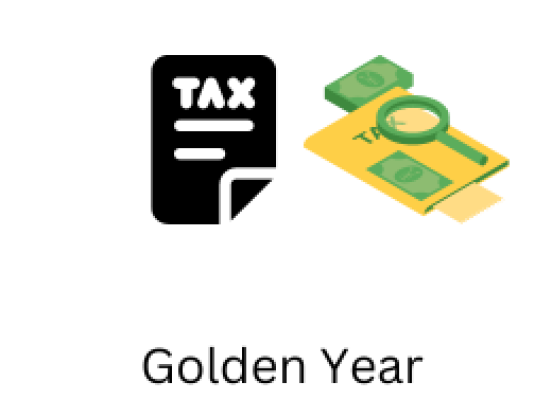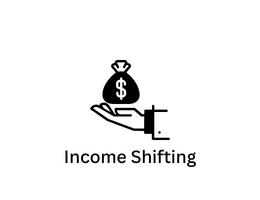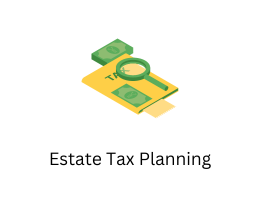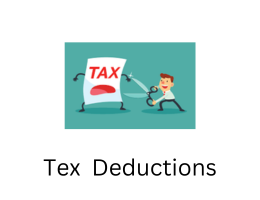
Tax-Efficient Retirement Planning: Minimizing Taxes in Your Golden Years
- By admin --
- Tuesday, 30 May, 2023
Retirement planning is not just about saving for the future; it also involves tax considerations. As you approach your golden years, it becomes crucial to minimize taxes and maximize your retirement savings. In this blog post, we will explore various strategies and tips for tax-efficient retirement planning, helping you navigate the complex tax landscape and make the most of your retirement funds.
-
Understanding Retirement Accounts : One of the fundamental aspects of tax-efficient retirement planning is understanding the different types of retirement accounts available. Traditional IRAs, Roth IRAs, and 401(k)s are popular options that offer distinct tax advantages. Traditional IRAs and 401(k)s allow for tax-deductible contributions, which reduce your taxable income in the year of contribution. Roth IRAs, on the other hand, offer tax-free withdrawals in retirement. Explaining how these accounts work and their respective tax implications can help individuals make informed decisions about their retirement savings.
-
Contribution Limits and Catch-Up Contributions :: To make the most of retirement accounts, it's essential to be aware of contribution limits. Each year, the IRS sets maximum contribution limits for different types of retirement accounts. Understanding these limits is crucial to ensure compliance and optimize your savings. Additionally, individuals aged 50 and older are eligible for catch-up contributions, allowing them to contribute additional amounts to their retirement accounts. Explaining these limits and catch-up provisions will help readers plan their contributions effectively.
-
Managing Required Minimum Distributions (RMDs) : Once you reach the age of 72 (or 70½ for individuals born before July 1, 1949), you must start taking required minimum distributions (RMDs) from your traditional retirement accounts. RMDs are taxable and can significantly impact your tax liability. However, proper planning can help minimize the tax burden associated with RMDs. Strategies such as Roth conversions, qualified charitable distributions (QCDs), and portfolio allocation adjustments can be employed to manage RMDs more efficiently.
-
Roth Conversions : Roth conversions involve transferring funds from a traditional IRA or 401(k) to a Roth IRA. While conversions trigger immediate tax liability, they offer long-term tax advantages. By paying taxes upfront, you can benefit from tax-free withdrawals in retirement. Timing and careful consideration of tax brackets and income sources are critical when contemplating Roth conversions. Discussing the benefits and considerations of Roth conversions will help readers evaluate whether this strategy aligns with their retirement goals.
-
Tax-Efficient Withdrawal Strategies : Developing a tax-efficient withdrawal strategy is essential for retirees to manage their taxable income effectively. This involves carefully planning which accounts to draw funds from and in what order. By considering factors such as tax brackets, Social Security benefits, and taxable investment income, retirees can minimize their overall tax liability and maximize their retirement income. Strategies such as partial Roth conversions and managing capital gains can further enhance tax efficiency.
-
Long-Term Care and Health Savings Accounts : Long-term care expenses can be a significant financial burden in retirement. By understanding the tax implications of long-term care insurance premiums and medical expenses, individuals can plan for potential deductions and credits. Additionally, Health Savings Accounts (HSAs) offer triple tax advantages and can serve as a valuable tool for retirement healthcare planning. Exploring the tax benefits associated with long-term care and HSAs will help readers prepare for potential healthcare costs in retirement.
Conclusion Tax-efficient retirement planning requires careful consideration of various strategies and factors. By understanding retirement accounts, contribution limits, managing RMDs, Roth conversions, withdrawal strategies, and long-term care expenses, individuals can minimize their tax liability and make the most of their retirement savings. It is crucial to consult with a tax advisor or financial planner who specializes in retirement planning to ensure that the strategies discussed align with your specific financial situation and goals. With proper planning, you can navigate the complex tax landscape and enjoy a financially secure retirement.





